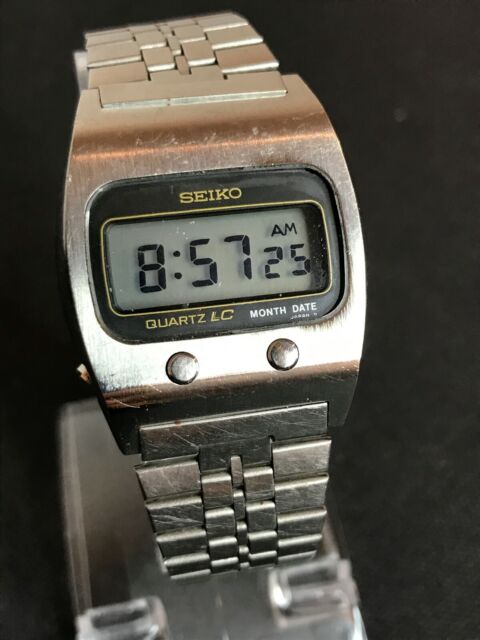

On the other hand, the 4th digit was used in order to express the difference in a smaller concept. They tried to use the 3rd digit in order to express the difference in a bigger concept. "According to my father, Seiko surely began to think of systematizing their movement code at a certain time. Starting in about '63, according to Tachy-san: In the earlier time period, calibres could have 2 digits, 3 digits, or be "officially" un-numbered Ģ. Since the early/mid '60s Seiko used a 4 digit calibre#. Caveat: Our discussions focused on MECHANICAL movements only, so Quartz calibre naming was NOT covered.īut - did Seiko REALLY have a universal code or protocol or system ?ġ.

Thanks to Tokunaga-san's son, "Tachy-san", I got a good insight into the development and use of the "Calibre Number Code" in use since the 1963 to 1964 era.


 0 kommentar(er)
0 kommentar(er)
